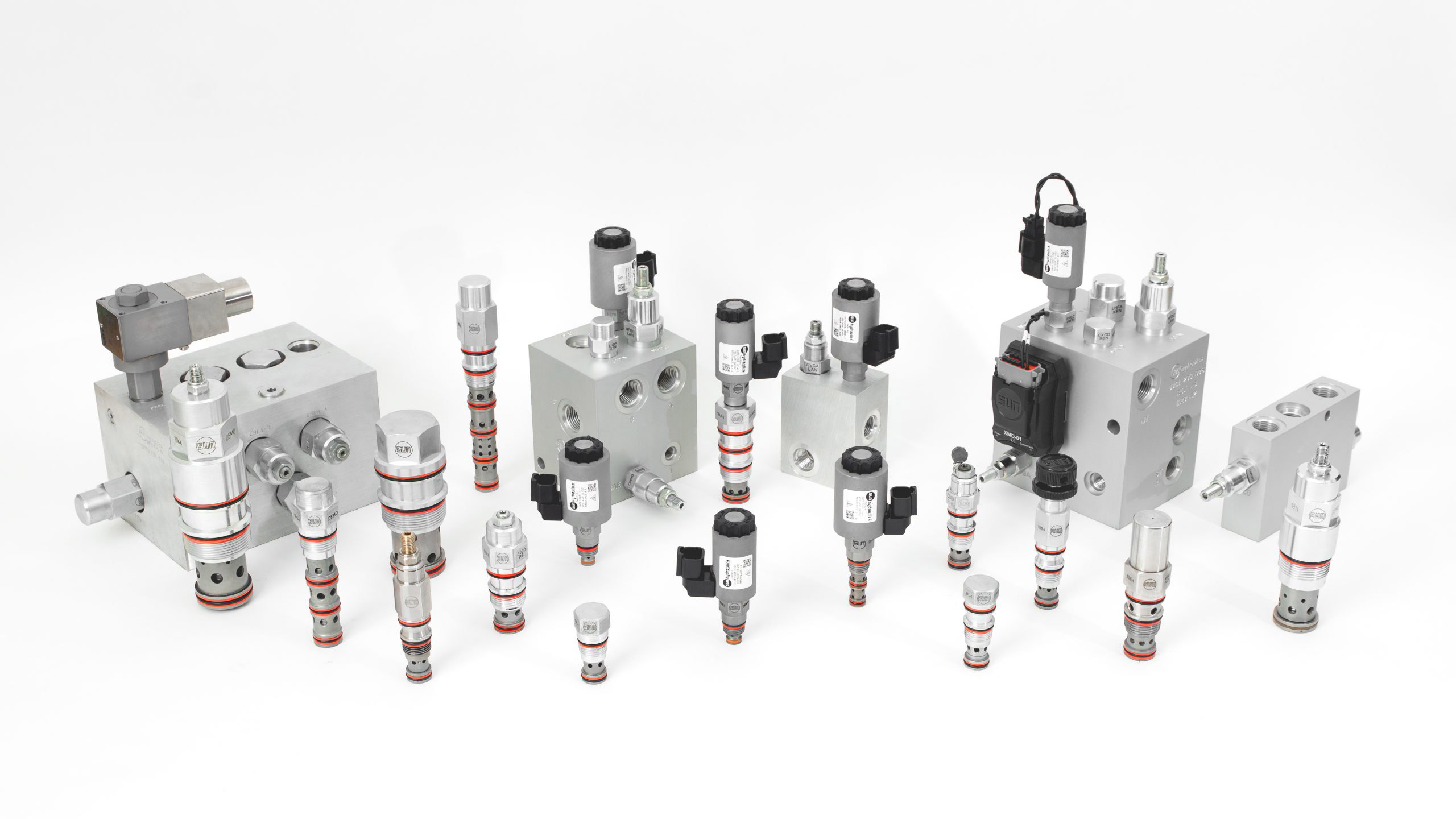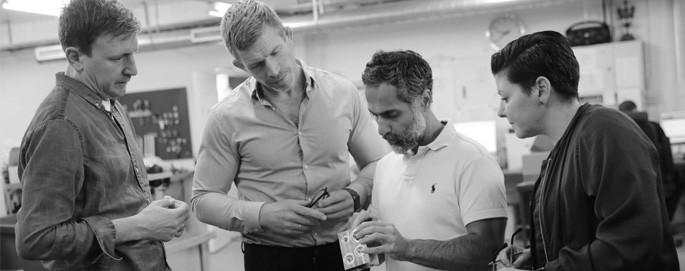
2 ports, direct acting, pilot capacity

There are many pilot-operated valves in corrosion resistant version, such as 2-way, 3-way pilot-operated valves and pressure regulating pilot-operated valves. Stainless steel cartridge valves are the optimal choice for corrosion-prone environments, such as marine applications, where the risk of rust and material degradation is high. The valves are available either in stainless steel or in standard steel with a zinc-nickel surface treatment that provides effective corrosion protection. SUN Hydraulics stainless steel valves have been salt spray tested for a minimum of 1,000 hours in accordance with quality standards ASTM B117-03 and ISO 9227.

2 ports, direct acting, pilot capacity
A pilot valve is used to control other valves or functions by utilizing a smaller control pressure—known as pilot pressure—to open, close, or regulate a larger main valve. The pilot valve is typically electrically actuated, which in turn hydraulically controls the main valve. Pilot valves are commonly used when the main valve requires more force than a solenoid coil can generate. There are two main types of pilot valves: directional on/off pilot valves (which simply open or close the flow) and proportional pressure control pilot valves (which allow for stepless and precise pressure regulation).
2-way valves, also known as on/off pilot valves, are used to control the pilot pressure to a main valve. Similarly, 3-way pilot valves, also referred to as 3/2 valves, are used for pilot control of main valves. Both types are available in normally open (N/O) or normally closed (N/C) configurations. A 2-way pilot valve has two ports and functions as a simple on/off valve. A 3-way pilot valve has three ports and can switch between two positions: either supplying pilot pressure to a function or venting the pilot line to return or tank.
Proportionally controlled pressure regulating pilot valves enable smooth, stepless and precise pressure control—unlike the simpler on/off operation of 2-way or 3-way pilot valves. These valves are primarily used to control larger main valves, such as pressure reducing or pressure relief valves, where accurate pressure regulation is essential. The control signal is electrical, typically in the form of an analog signal (e.g., 0–10 V or 4–20 mA), and the valve’s degree of opening is regulated proportionally to the signal strength.
To operate pilot valves electrically, amplifiers, control units and I/O modules are used—components that are both user-friendly and flexible. These devices enable intelligent and automated control of hydraulic functions by receiving and processing input from sensors monitoring flow, pressure or temperature. With electronic feedback, the system can be dynamically adjusted in real time, improving accuracy, energy efficiency and operational reliability in both industrial and mobile applications.



Hydnet
EA Rosengrens gata 29
421 32 Västra Frölunda
+46 31 - 499 490
info@hydnet.se